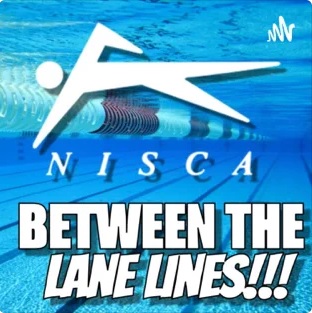WWhat contributes to successful coaching?. This article is the first or part 1 of Coaching Tips. It is based on my presentation at the 2005 ASCA World Coaches Clinic.
My idea of a college curriculum, that includes coaching as a major, would be made up of psychology, business courses, time management, how to teach, motivate, organize, and interact with people. Each candidate would serve an internship with at least three successful coaches. The swimming element would be worked in along the way.
Coaching tips are all around us. Books, articles, successful people, communicators, etc. Most sources won’t even be connected to swimming. You have to recognize them and learn from them. Bring the best from these sources into your coaching style.
You’ve got to walk the walk. You are a role model. Be punctual, organized, and treat officials with respect. Your character, appearance, etc. are on display. Living by a set of values and morals is necessary for a role model. A leader walks the walk.
Swimmers respond to how much you care, not how much you know.
Develop a culture for your program. This is the shared values, attitudes, goals, and practice sessions that characterize your team. This would include the development of a family environment where all team members care and support one another. Communicate the understanding of the expectations at and away from the pool. Develop pride in the training sessions, racing, swim offs, finishes, and relays. No one ever gives less in a relay than you are willing to give in an individual event.
Coaching should always include the following: (1) Establish the parameters to measure success. (2) Work hard and have fun. (3) Prepare your swimmers for the next level. (4) Have the ability to teach technique and at the same time instill the love of the sport. (5) Recognize that coaching swimming is a science and an art. The mastery of the art is essential. It is the ability to teach and motivate, to know which buttons to push for each athlete. The science is more easily learned than the art.
A coach must raise the standards that the swimmers and others around them have set. Coaches should consider and follow these principles. (1) Listening is more important than talking. (2) What motivates each individual must be understood. (3) Everyone is capable of achieving more. (4) The past doesn’t have to be an indication of the future. (5) People’s own beliefs are there only limits. (6) A coach must always provide full support. (7) Coaching doesn’t include criticism. (8) All coaching is confidential.
John Wooden, the UCLA legendary basketball coach, said it best in his pyramid of success. The Page 2 cornerstones of his pyramid were two blocks that hold true in coaching swimming. Enthusiasm and Industriousness were his cornerstones. Every successful coach had enthusiasm and love for the sport. They also had to be the hardest working coaches around. “Do what you love to do, and love what you do”.
“Be a coach, not a critic”. You can’t remedy anything by condemning it. Coaching doesn’t include criticism. Honesty is necessary at times but some caution is required to keep your honesty to the act or the result. Isolate it from the individual.
Consider the following as absolutes in coaching. (1) The coach is a teacher and his subject is fundamentals. It is a special ability for a coach to see what is being done, to see what needs to be done, and to develop the steps to make it happen. (2) The highest level of achievement is from the best conditioned athletes. Early in my high school career, I stated that our athletes at the state championship meet were now in the physical condition that they should have been at the start of the season. High school rules may inhibit but don’t have to prohibit. Fit and fitter is faster. I strived to sell the total athlete concept. That included a high level of fitness throughout the year and through the athlete’s career (and hopefully for life). (3) Even the best athletes have a higher level that they can achieve. (4) Value the need for discipline and the order it brings to a team. (5) A belief that there are no individual limits to individual achievement. Each swimmer can continue to improve and contribute to team success.
Be visible coaches. Swimmers must feel that you are watching them and evaluating their performance and technical execution. Watch from every angle possible, both ends of the pool, both sides, overhead, underwater, and sometimes the view from leaning over and looking backward under the arm pit.
Watching motivates. Recognize personal bests and good training efforts. Walking away to give your attention elsewhere during a kicking or pulling set tells the swimmers that this isn’t very important. Drills have a critical need for coach evaluation. Too often I’ve seen coaches become occupied elsewhere when they are needed at poolside. Watching and reminding swimmers of short quick correction tips. This is a critical component of watching swimmers. Mark Schubert gave an excellent talk at the 2005 ASCA World Clinic. The main theme was watching, just watch, your swimmers and other coaches.
For myself, I never had a cell phone. Parents were not permitted on the deck, talking or standing by me, once training began. Assistant coaches should have an assigned job to do during the training. They should not stand and talk to the head coach, except when being trained. Two are doing less than one when socializing on the deck during training.


